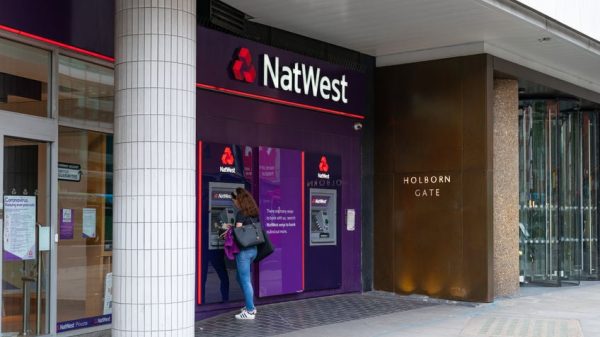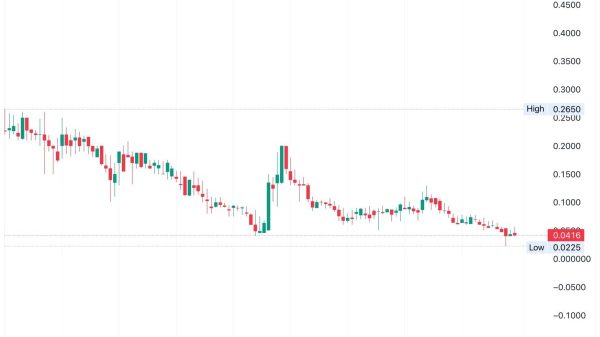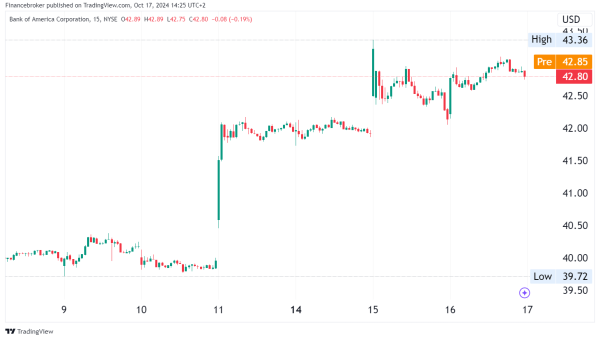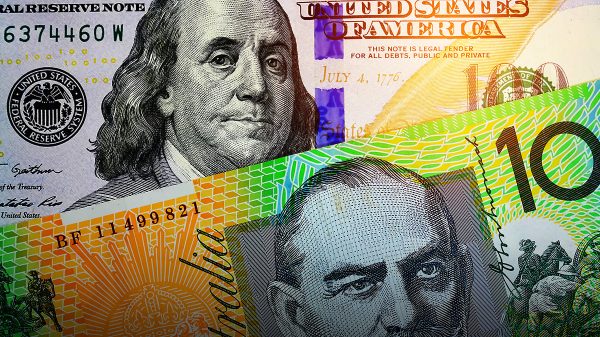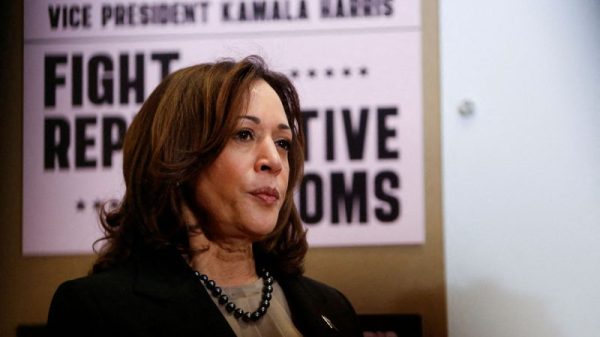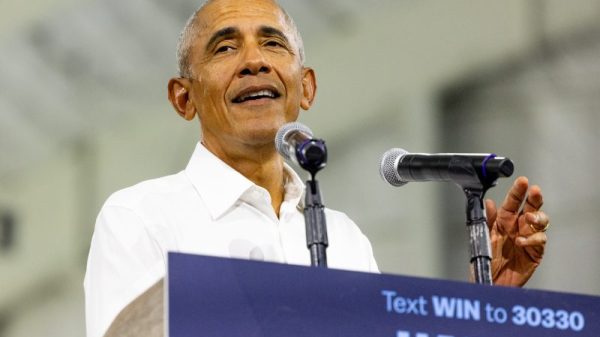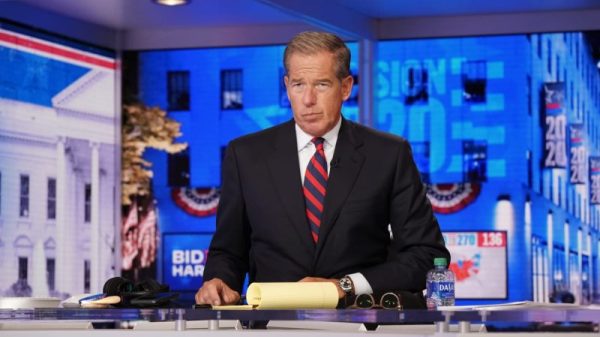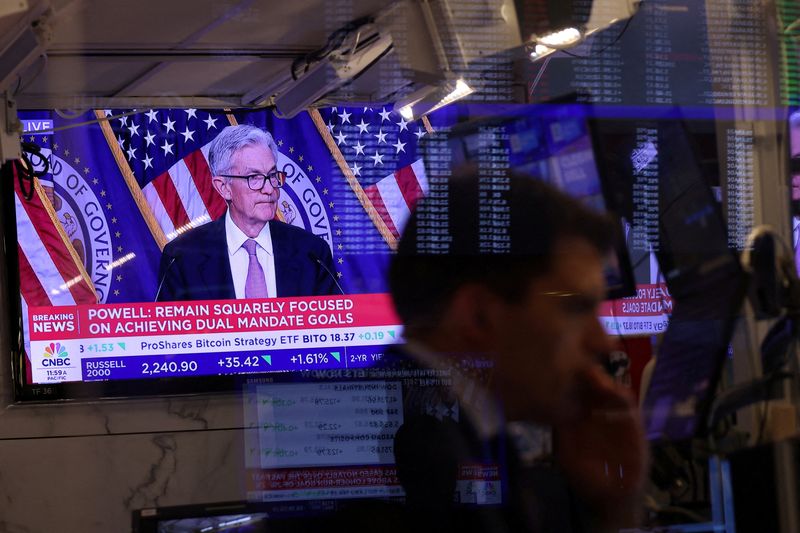
By Jamie McGeever
ORLANDO, Florida (Reuters) – Beyond the immediate headlines generated by the Fed’s 50 basis point interest rate cut, it is policymakers’ revised outlook for the fed funds rate’s eventual destination, and how soon it takes to get there, that matters more.
Broadly speaking, the Fed indicated on Wednesday it will emerge from its restrictive policy stance a little sooner than previously indicated, and the eventual ‘neutral’ level of policy will be slightly higher.
The Fed is essentially signaling a slightly faster and shallower easing cycle. The first part of that may point to alarm over the labor market or economy, but the second part suggests officials have increasing confidence in the economy’s resilience.
Officials are hoping that bolder, quicker action from a position of relative strength will best protect the labor market and growth, which will hopefully steer the economy away from recession.
In short, the Fed thinks the ‘soft landing’ is still in sight.
This may explain why bond yields rose and stocks eventually fell on Wednesday, as some of the more optimistic hopes for lower rates over the longer term evaporated.
HIGHLY RESTRICTIVE
The Fed lowered its fed funds target range to 4.75-5.00%, the midpoint being 4.875%. It also raised its median projection for the longer run fed funds rate to 2.9% from 2.8% in June. That’s a small change, but 2.9% is the highest since 2018 and significantly up from 2.5% in December where it had been virtually unchanged for years.
What’s more, the median Fed official’s estimate has the policy rate down at 2.9% in just over two years, by the end of 2026. Recent Staff Economic Projections indicated the longer run fed funds rate, or neutral rate, would not be reached for at least three years.
Implicitly, the Fed had previously been admitting that policy would remain in restrictive territory – that is, above ‘neutral’ – for a considerable length of time. That was the essence of the ‘higher for longer’ view on interest rates.
Now though, the higher projected ‘terminal’ rate in theory reduces the amount of policy restriction that has to be removed before policy becomes stimulative.
Most analysts agree policy has been highly restrictive for some time. In a research note published earlier this month Fed economists estimated the real rate of interest in March was about 1.15 percentage points above the natural rate, “at about the same level that prevailed before the 2001 and 2008 recessions.”
The real fed funds rate adjusted for annual consumer inflation is the highest in 17 years. Strategists at JP Morgan, meanwhile, noted this week that when set against estimates of ‘R-Star’, policy was more restrictive than at any time in the past 30 years in real terms.
R-STAR, FLOATING IN THE SKY
‘R-Star’ is the real rate of interest that neither stimulates nor crimps economic activity when the economy is at full employment. Assuming the Fed’s 2% inflation goal is reached, and bearing in mind the Fed’s new long-run policy rate forecast of 2.9%, Fed officials see R-Star at around 0.9%.
R-Star is often dismissed or derided because it is a theoretical, unknowable number that is always changing. But as New York Fed President John Williams noted in July, it is either explicitly or implicitly “at the core of any macroeconomic model or framework one can imagine.”
Investors can’t ignore it.
Taking into account the new fed funds midpoint rate of 4.875% and policymakers’ new long-term forecast of 2.9%, it can reasonably be inferred that Fed policy is now restrictive by around 200 basis points.
Put another way, the fed funds rate won’t be considered neutral until it is reduced by another 200 basis points or so, which the Fed signaled it intends to do by the end of 2026.
That’s not set in stone, and Chair Jerome Powell stressed that upcoming Fed decisions will be data-dependent and on a meeting-by-meeting basis. Investors will make up their own minds, of course, but the Fed on Wednesday signaled it won’t fall behind the curve and remains confident in a soft landing.
(The opinions expressed here are those of the author, a columnist for Reuters.)
(By Jamie McGeever; Editing by Lincoln Feast.)



